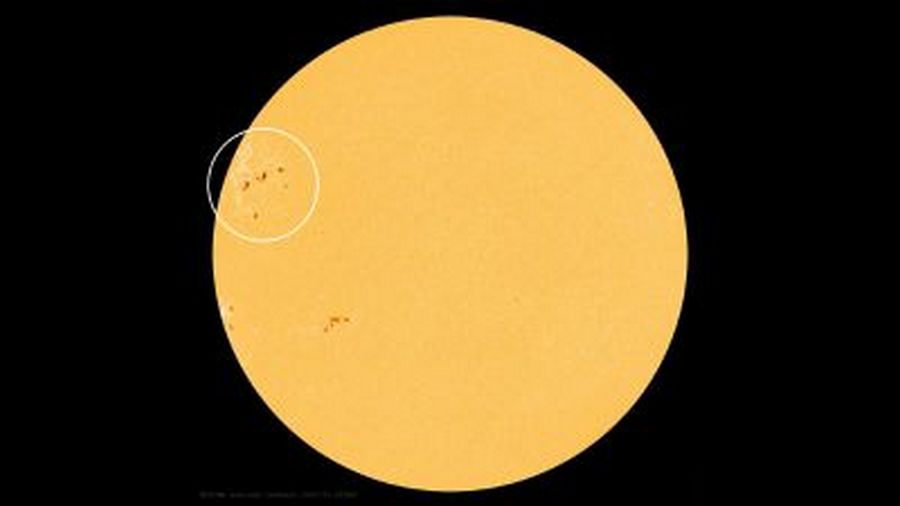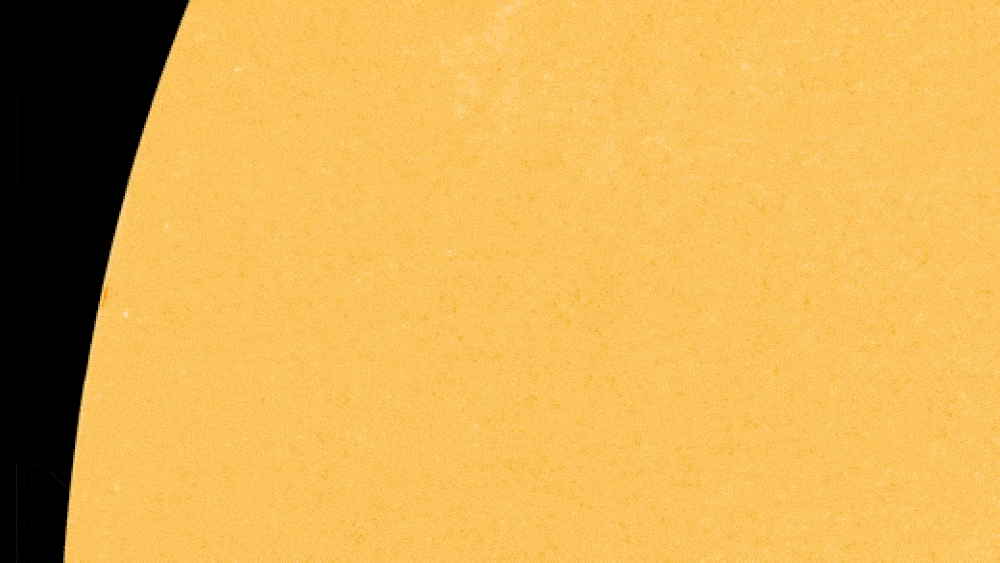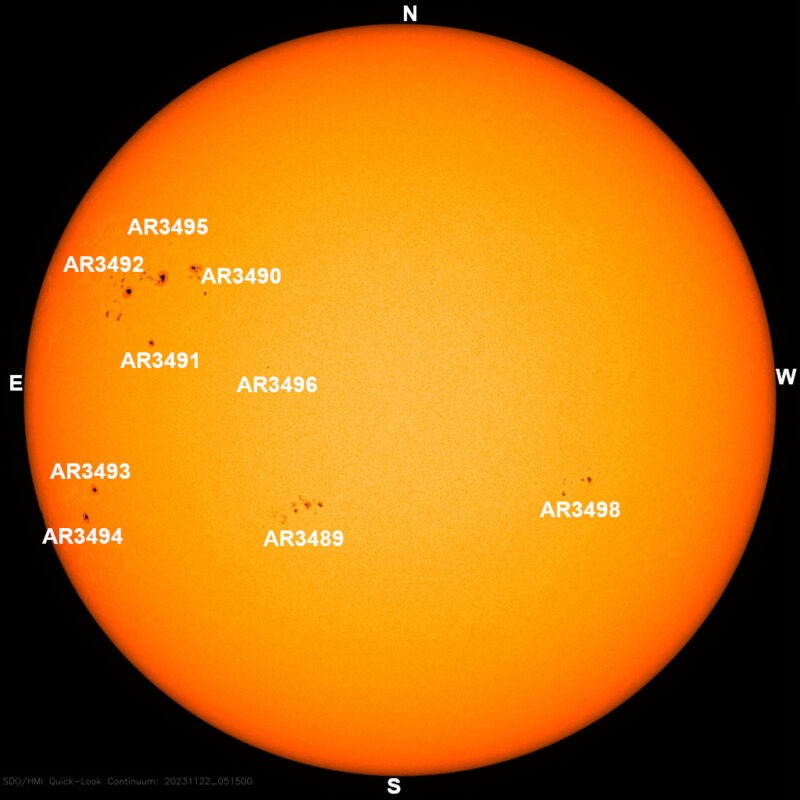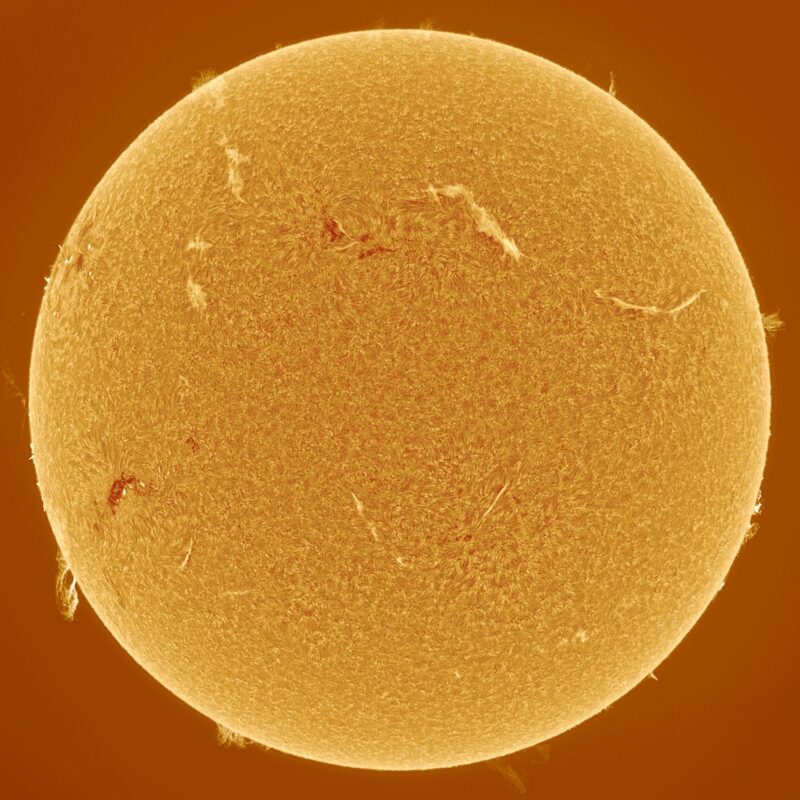Astronomers have noticed a whole archipelago of spots in the sun’s surface, which will cause powerful geomagnetic storms on Earth next week. Our planet will soon be in the path of a strong solar wind thrown out by these spots. The first group, known as AR3490, appeared on the near side of the sun on November 18. Observers reported that it was shortly followed by another group — AR3491, moving along the same trajectory.

“The next 14 days could be very interesting,” said astronomer, meteorologist and astrophotographer Chris Wicklund.

Scientists were prepared for the appearance of these spots, because they had previously detected “helioseismic tremors” on the solar surface. According to representatives of EarthSky, the area of spots is so huge that it affects the vibrations of the entire Sun.
Probably the biggest sunspot region I’ve seen so far from solar cycle 25 rotating onto the earth facing disk. AR3490 & AR3491 have been consistently flaring and looks to be gaining size / magnetic complexity. The next 14 days could be very interesting. pic.twitter.com/KgyvEIpexd
— Chris Wicklund Auroras (@Wicky_dubs_WX) November 19, 2023
From the moment the groups appeared, they separated and gave rise to new active areas — such as AR3492, AR3495, AR3496 and AR3497. Thus, a huge archipelago of sunspots was formed. Their size was so large that they stretched for about 200 thousand km. This is about a third of the distance from the Earth to the Moon.
Solar flares
Over the past four days, sunspots have already been marked by at least 16 C-class flares and three 3 M-class flares. Experts warn that over the next few weeks we will be able to observe significantly more such events, including potential flares of the most powerful Class X.

It is expected that these flares can also generate coronal mass ejections — large volumes of solar charged particles that are capable of hitting the Earth and creating powerful geomagnetic storms, causing radio outages and bright auroras.
Several large plasma loops, known as solar prominences, have also been observed growing over some spots in the group. The largest loops can rise to a height of more than 64 thousand km above the surface and, leaving behind enormous “canyons of fire” in the surface of the Sun, break away at any moment and fly into space.
Approaching the peak of solar activity
The increase in the number of sunspots indicates that the Sun is rapidly approaching the peak of its activity in an approximately 11-year cycle known as the solar maximum. According to scientists’ forecasts, it will begin next year. During it, sunspots become much more numerous and increase in size as the magnetic fields of our star become entangled, allowing them to grow more easily.

The observed dark spots represent perhaps the largest active area observed since the beginning of the current 11-year solar cycle.
Earlier, we reported on how the Sun could severely damage the electrical networks on Earth.
According to Space
Follow us on Twitter to get the most interesting space news in time
https://twitter.com/ust_magazine


